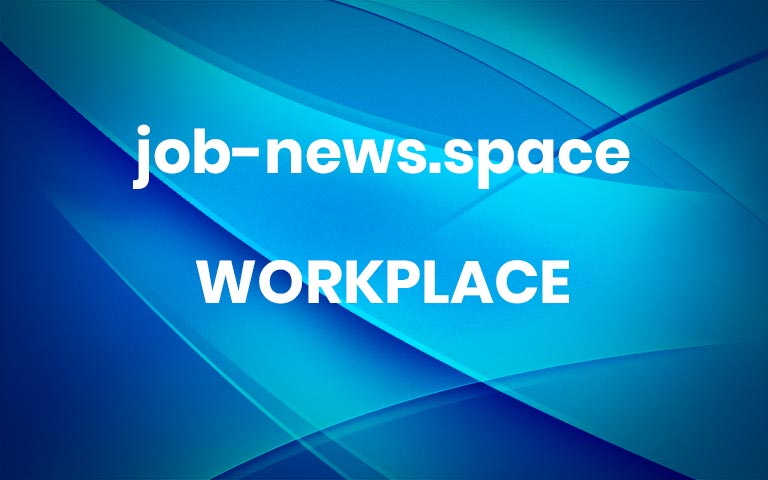Navigating the Future of Search: How to Get a Job at Perplexity AI
Perplexity AI has rapidly emerged as a disruptor in the information landscape, offering an answer engine that prioritizes accurate, cited, and conversational responses over traditional link lists. For many, it’s not just a powerful tool, but a glimpse into the future of how we access knowledge. Naturally, this makes Perplexity AI a highly sought-after destination for top talent in AI, engineering, and product development.
If you’re eyeing a role at this innovative company, simply sending in a resume might not be enough. Perplexity seeks individuals who are not only technically brilliant but also deeply aligned with their mission of democratizing access to verified information. Here’s how to strategically position yourself to join their ranks.
1. Master the Product, Inside and Out
This might seem obvious, but it’s critically important for a company like Perplexity. Don’t just casually use their search engine; become a power user. Understand its nuances, its strengths, and even its occasional limitations. Experiment with different query types, explore the “Co-pilot” feature, and pay attention to how sources are cited.
During an interview, you should be able to articulate what makes Perplexity unique and how you personally leverage it. Can you suggest subtle improvements? Can you explain its technical architecture from a user’s perspective? Demonstrating genuine enthusiasm and deep product knowledge is a non-negotiable first step. As Aravind Srinivas, CEO of Perplexity, often emphasizes, they are building for users first.
2. Showcase Your Expertise in AI, NLP, and Search Technologies
Perplexity’s core strength lies in its sophisticated AI and natural language processing (NLP capabilities). If you’re an engineer or researcher, your portfolio should clearly demonstrate experience in areas like large language models (LLMs), information retrieval, semantic search, knowledge graphs, or machine learning operations (MLOps).
Even for non-technical roles, understanding the underlying technology is a significant advantage. Familiarity with transformer models, embeddings, and prompt engineering will allow you to speak the team’s language. Consider contributing to open-source projects or publishing your own research to showcase practical application of these skills. For a deeper dive into the technological landscape, check out this overview of AI and machine learning trends that are shaping companies like Perplexity.
3. Emphasize Speed, Efficiency, and Impact
Perplexity operates with a lean team, meaning every hire has a direct and significant impact. They value individuals who can move quickly, take initiative, and deliver tangible results. When crafting your application and preparing for interviews, highlight instances where you’ve driven projects forward with limited resources or under tight deadlines.
Quantify your achievements whenever possible. Instead of saying “improved a process,” say “streamlined a workflow, reducing task completion time by 20%.” This demonstrates a results-oriented mindset that aligns perfectly with a fast-paced startup environment.
4. Network Strategically with a “Give First” Approach
Simply cold-applying often yields low results. Instead, identify key people at Perplexity on LinkedIn – engineers, researchers, product managers – and engage thoughtfully with their public posts or articles. Share your own relevant insights, ask intelligent questions, and aim to provide value before asking for anything in return.
If you secure an informational interview, focus on learning about their challenges and how your skills could potentially address them. Building genuine connections can open doors that application portals often keep shut. For more on this, read our article on The Art of Networking: Building Connections, Not Just Contacts.
5. Understand and Articulate Their Mission (and Your Alignment)
Perplexity’s mission is to “advance the frontiers of AI while being transparent and factual.” They aim to build a new paradigm for search, moving beyond just links to definitive answers backed by sources. When interviewing, you need to clearly articulate why this mission resonates with you.
Are you passionate about information accuracy? Do you believe in the democratization of knowledge? Explain how your personal values and professional goals align with Perplexity’s vision. This demonstrates not just skill, but cultural fit and shared purpose.
6. Be Prepared for Rigorous Technical and System Design Interviews
Given the complex nature of Perplexity’s product, expect a demanding interview process. Technical roles will involve in-depth coding challenges, often focusing on algorithms, data structures, and distributed systems. For experienced engineers, system design questions will likely be a significant component, probing your ability to design scalable, robust AI-powered services.
Practice whiteboard coding, review fundamental computer science principles, and prepare to discuss your experience designing complex systems. Understanding how a product like Perplexity handles massive amounts of data, real-time queries, and LLM integration will be key. This MIT Technology Review article on the challenges of building AI search engines can offer valuable context for your preparation.
7. Highlight Your Curiosity and Adaptability
The AI landscape is constantly changing, and companies like Perplexity are at its bleeding edge. They aren’t looking for someone who knows all the answers, but someone who is relentlessly curious and highly adaptable. Show that you are a continuous learner, eager to explore new technologies, and comfortable with ambiguity.
Discuss projects where you’ve had to quickly learn new tools or pivot your approach based on new information. This demonstrates resilience and a growth mindset, essential qualities for thriving in a rapidly evolving tech startup. In a world of constant change, learning to Upskill and Reskill: Preparing for the Future of Work is crucial.
In Conclusion:
Getting a job at Perplexity AI requires more than just a strong resume; it demands a deep understanding of their product, a passion for their mission, and a demonstrated ability to contribute significantly in a fast-paced, innovative environment. By mastering their tool, showcasing relevant technical skills, networking strategically, and articulating your alignment with their vision, you’ll significantly increase your chances of joining the team that’s redefining how the world finds information.
Share this post: More


